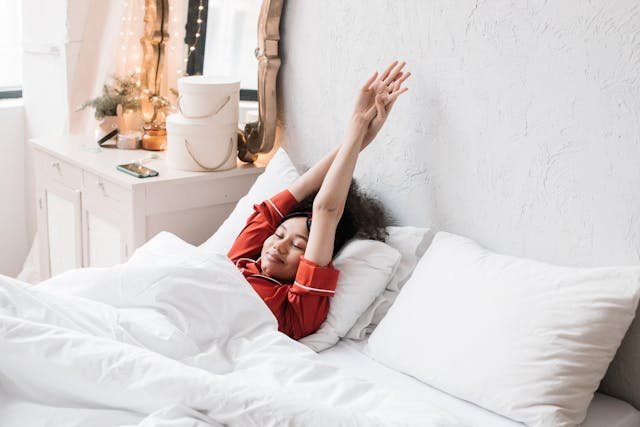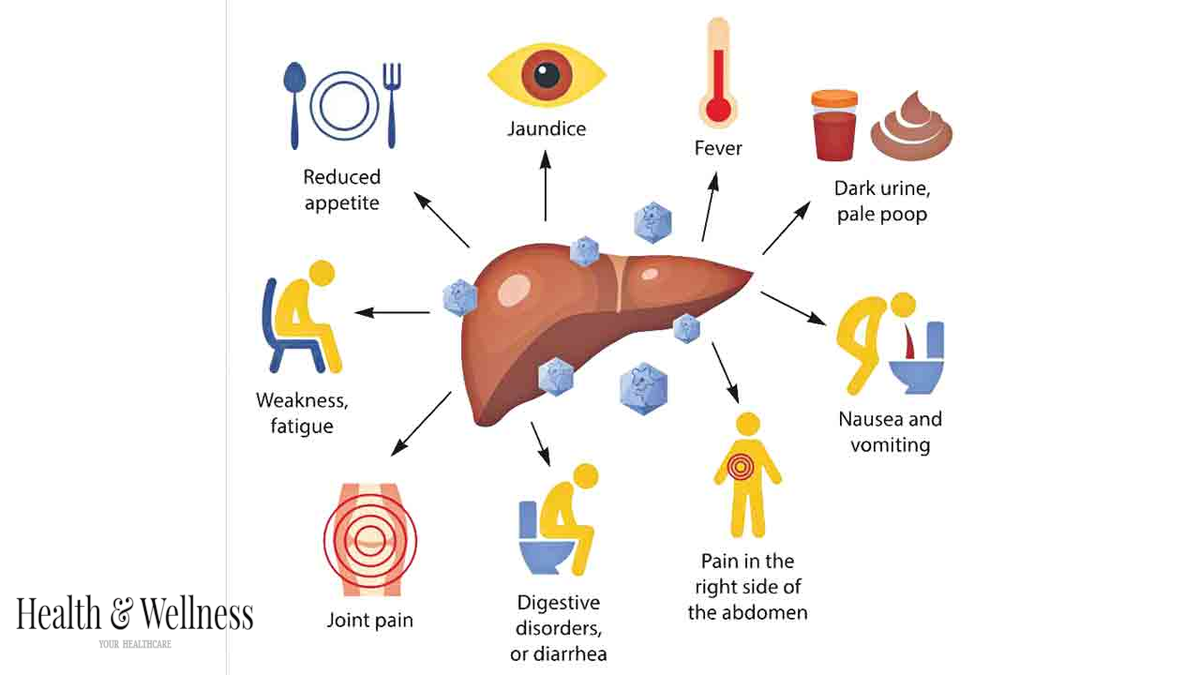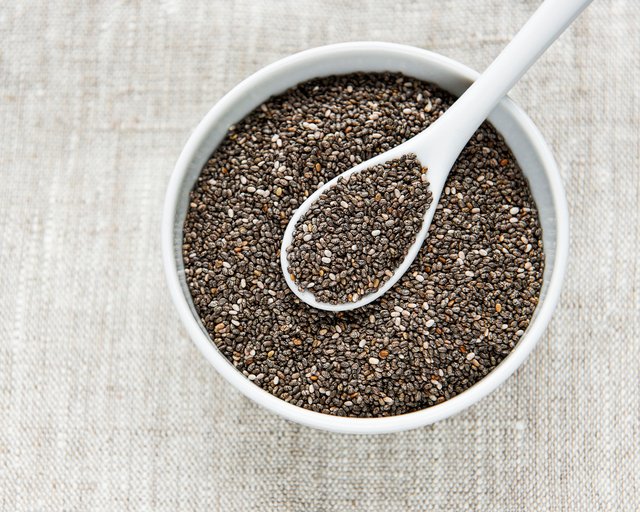Getting Morning Daylight Worked on My Rest. Here’s The reason You Ought to Begin As well

Basic day to day propensities can be major advantages with regards to working on your wellbeing – – getting daylight first thing is one of them.
some time, I frequently accept I have a universal knowledge of how to remain solid. So when I wound up suffocating in tension, not knowing how to help myself, I realized I needed to go to an expert to assist me with exploring elective ways of overseeing pressure.
If you, as well, have managed nervousness, you know how much devastation it can unleash on your rest. For my purposes, actually, I experience no difficulty nodding off. Staying unconscious is my issue. I frequently awaken around midnight with dashing considerations about all that I need to finish. I had done all the “right” things to oversee tension, such as decreasing my espresso admission, purposeful breathing, reflection and eating adjusted dinners. In spite of the fact that I saw little upgrades, the outcomes weren’t dependable. I addressed Andrea Micheo, a guaranteed all encompassing wellbeing mentor from the Foundation for Integrative Nourishment, to track down normal solutions for nervousness.
In the primary in-person counsel, we strolled along the ocean side at dusk. I gave her the once-over of what my day resembled, and she provided me with two or three significant hints to begin directing my cortisol levels (otherwise called the pressure chemical). My most memorable task was to get daylight first thing.
What morning daylight means for your circadian cadence
A decent night’s rest is fundamental for our wellbeing. One frequently neglected calculate accomplishing quality rest is openness to daylight in the first part of the day. There are various advantages of getting daylight first thing, for example, supporting your state of mind and working on your nature of rest. In any case, how? Extraordinary inquiry, how about we get into it.
We can’t discuss morning daylight and further developed rest cleanliness without first tending to our circadian beat. This is the body’s 24-hour rest wake cycle. It normally answers light and haziness, and it directs when we get ravenous, when we get drowsy and when now is the ideal time to awaken. Consider it an interior clock.
As per Johns Hopkins, the SCN (or suprachiasmatic core) is the region of your cerebrum that controls your rest wake cycle. In the first part of the day, your eyes sense the daylight, and afterward the SCN triggers the arrival of cortisol to assist your body with awakening. Getting daylight in the first part of the day controls your circadian cadence as the light indicates to your body and cerebrum that now is the right time to begin the day. At the point when it gets dim around evening time, the SCN triggers the arrival of melatonin, which makes you languid.
“About a year prior, I began getting daylight first thing and at dusk as a way to control my circadian musicality. From that point forward, I’ve dumped the melatonin and have been getting greater quality rest,” said Micheo.
Our inward clock is generally delicate to light during three explicit times:
- During the main hour subsequent to getting up: in the first part of the day, as you get presented to daylight, your body begins to smother its melatonin creation (tired chemical).
- Roughly 2 hours before your sleep time: As it begins to get dull outside, your mind gets the sign that now is the right time to begin slowing down and it’s time to turn in.
- During the evening: The murkiness keeps on motioning toward the cerebrum to keep us snoozing.
You can use these three phases of light to synchronize your circadian musicality. Concentrates on show that openness to sunlight further develops rest quality as well as assist you with nodding off prior. “I generally suggest this time-productive and financially savvy conduct device to every one of my clients and keep come by certain outcomes and criticism,” added Micheo.
Information knowledge into my rest quality when getting morning daylight
I’m a respectable sleeper: I focus on my rest and as a rule get sufficient quality rest to awaken feeling revived the following day. While taking a gander at the information from my Oura ring (a cool wellness tracker), my typical rest score is around 80 (which Oura marks as “great”). Here is my rest information from the prior night I consolidated getting daylight in my morning schedule.
As may be obvious, I got very nearly 8 hours of rest, however I had more wakeups than expected (tranquility), it took me 28 minutes to get to rest (10 to 20 minutes is typical for most grown-ups) and I didn’t invest an optimal measure of energy in profound rest.
The main thing I changed around in my morning schedule was taking a 30-minute stroll outside momentarily subsequent to awakening. I didn’t wear shades or a cap to open my eyes to the sun’s most memorable morning beams, yet I safeguarded my skin with sunscreen. On the off chance that you go external later in the day, wearing a cap, shades and use sunscreen is ideal.
The main thing I saw was that I dozed an entire hour more and that I encountered less wakeups during the evening. I additionally invested more energy in profound rest, and it just took me 9 minutes to nod off.
Did I feel any unique? Other than feeling somewhat more stimulated, I didn’t encounter a gigantic shift. Yet, I’m shocked that I saw such a distinction in my rest quality in only one day of presenting myself to the morning sun. The underlying outcomes are really encouraging, and I intend to get daylight most mornings to check whether I see critical improvement over the long haul.
Manual for daylight treatment toward the beginning of the day
While there is definitely not a solitary right method for getting daylight toward the beginning of the day, these common rules can assist you with expanding your time in the sun:
- Go external inside the principal hour of awakening: Since your body is generally delicate to light close to when you awaken, it’s smart to absorb some daylight first thing.
- Expect to spend somewhere around 30 mins in the sun: As per Harvard Clinical School, 30 minutes is the ideal chance to spend in light.
- Make certain to wear sunscreen: While the sun’s UV radiation is less unsafe in the first part of the day than during the day, it’s as yet really smart to safeguard yourself with sunscreen.
- Converse with your primary care physician: Prior to evaluating light treatment with the morning sun, be certain you converse with your medical services supplier to guarantee it’s safe for you.
Tips to get more daylight in the first part of the day
Now that we’ve gone over what morning daylight can mean for your rest quality, we should plunge into ways of getting more daylight.
- Ascend with the sun: Awakening around dawn can be a distinct advantage for your rest. Mean to get up ahead of schedule and catch the principal beams of sun to assist with directing your circadian beat.
- Open your shades and blinds: One simple approach to augmenting normal light in your house is to open your blinds and drapes. This permits the daylight to give a characteristic wake-up signal for your body.
- Do outside exercises in the first part of the day: Whether it’s taking a lively walk or simply extending on your deck, openness to normal light and active work can assist you with awakening normally.
- Have breakfast by a window: On the off chance that your time is restricted in the first part of the day and you can’t track down an additional 15 minutes to get daylight, take a stab at having your morning meal or espresso close to a window.
- Put resources into a light treatment light: Assuming you have restricted admittance to regular daylight or live in a locale with cloudy climate, think about a light treatment gadget that copies the range of normal light.






